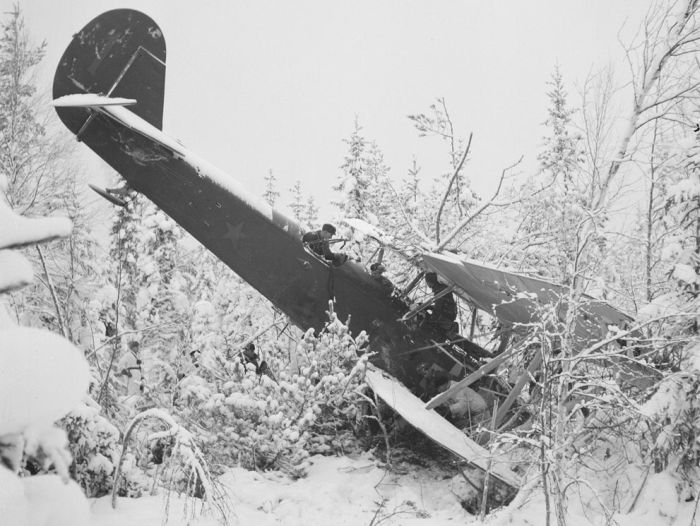|
|
History: World War II Photography, Finnish Defense Forces, Finland
|
The demobilization and regrouping of the Finnish Defense Forces were carried out in late 1944 under the supervision of the Allied Control Commission. Following the Treaty of Paris in 1947, which imposed restrictions on the size and equipment of the armed forces and required disbandment of the Civil Guard, Finland reorganized its defense forces. The fact that the conditions of the peace treaty did not include prohibitions on reserves or mobilization made it possible to contemplate an adequate defense establishment within the prescribed limits. The reorganization resulted in the abolition of about 15 percent of officer and NCO positions, the adoption of the brigade—in place of the division- -as the basic formation, and the reduction of the term of service for conscripts to 240 days (330 days for NCO and for reserve officer candidates). The organization of the high command was unchanged, but the minister of defense was given slightly more authority in decision making. The completion of this reorganization in 1952 established the structure within which the modern Defense Forces were to evolve.
After the second world war, the Finnish Defence Forces relied largely on war-time material. The defence spending was minimal until the early 1960s. During the peak of the Cold War, the Finnish government made a conscious effort to increase defence capability. This resulted in the commissioning of several new weapons systems and strengthening the defence of Finnish Lapland by establishing new garrisons there. From 1968 onwards, the Finnish government adopted the doctrine of territorial defence, which require the use of large land areas to slow down and wear out a potential aggressor. The doctrine was complemented by the concept of total defence which calls for the use of society's all resources for national defence in case of a crisis. One of the aims of the new doctrines was to prevent a strategic strike which Soviet Union employed successfully to topple the government of Czechoslovakia in 1968. During the 1970s and 1980s, the Defence Forces capabilities were developed from this basis. In an all-out confrontation between the two major blocs, Finnish objective would have been to prevent any military incursions inside the borders and, in this way, to keep Finland outside the war.
The collapse of the Soviet Union in 1991 did not annihilate the military threat perceived by the government, but the nature of the threat has changed. While the concept of total, territorial defence was not dropped, the military planning has moved towards the capability to prevent and frustrate a strategic attack toward the vital regions of the country.
|
|









